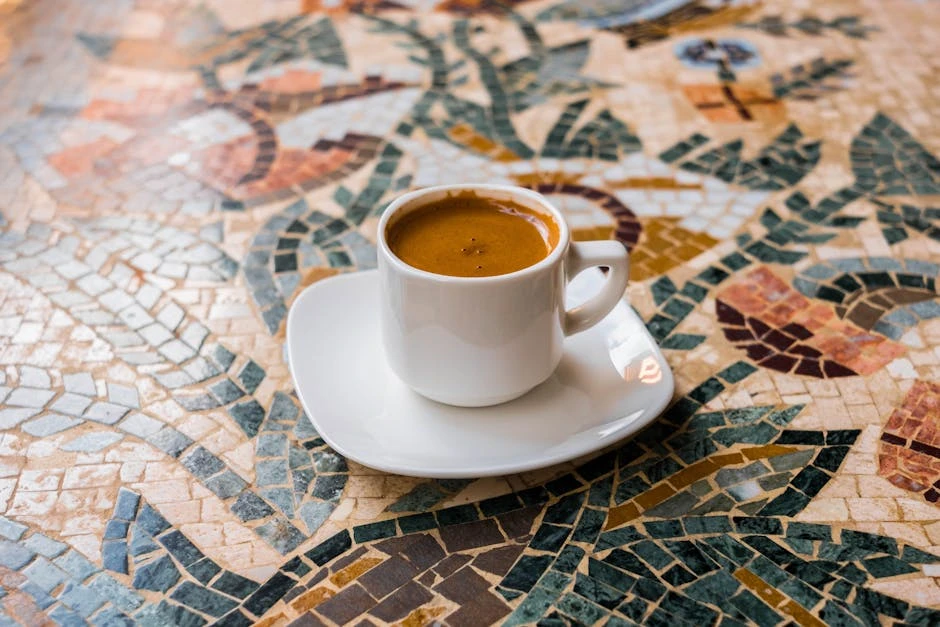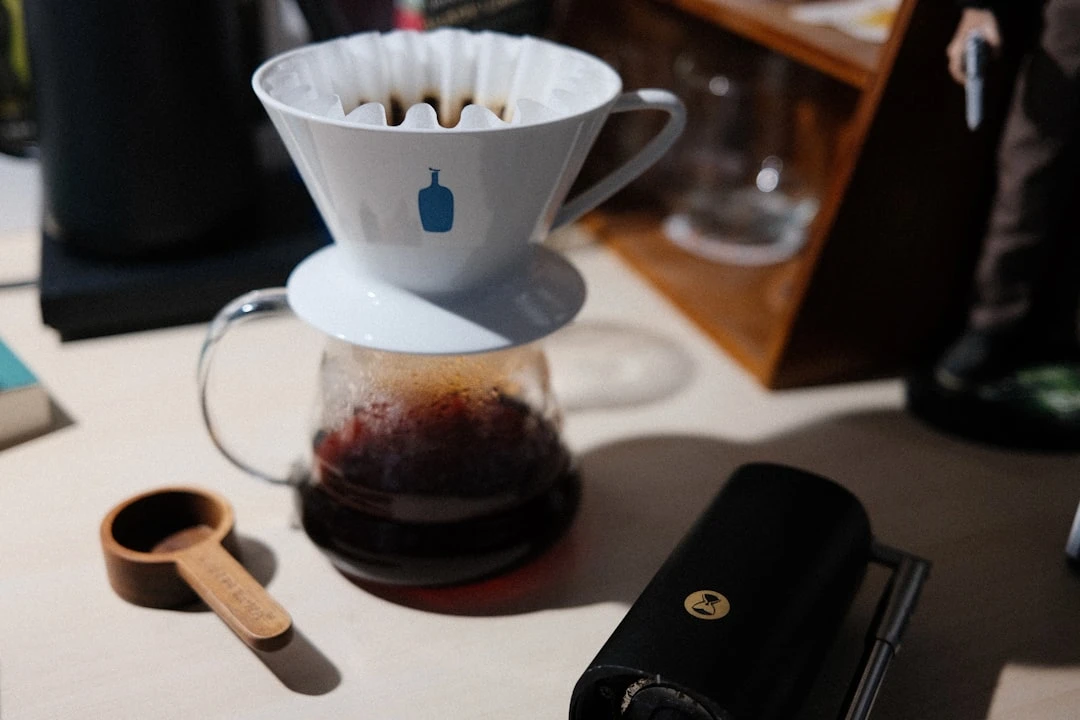The Perfect Espresso Recipe: Master the Art of Italian Coffee at Home in 2025
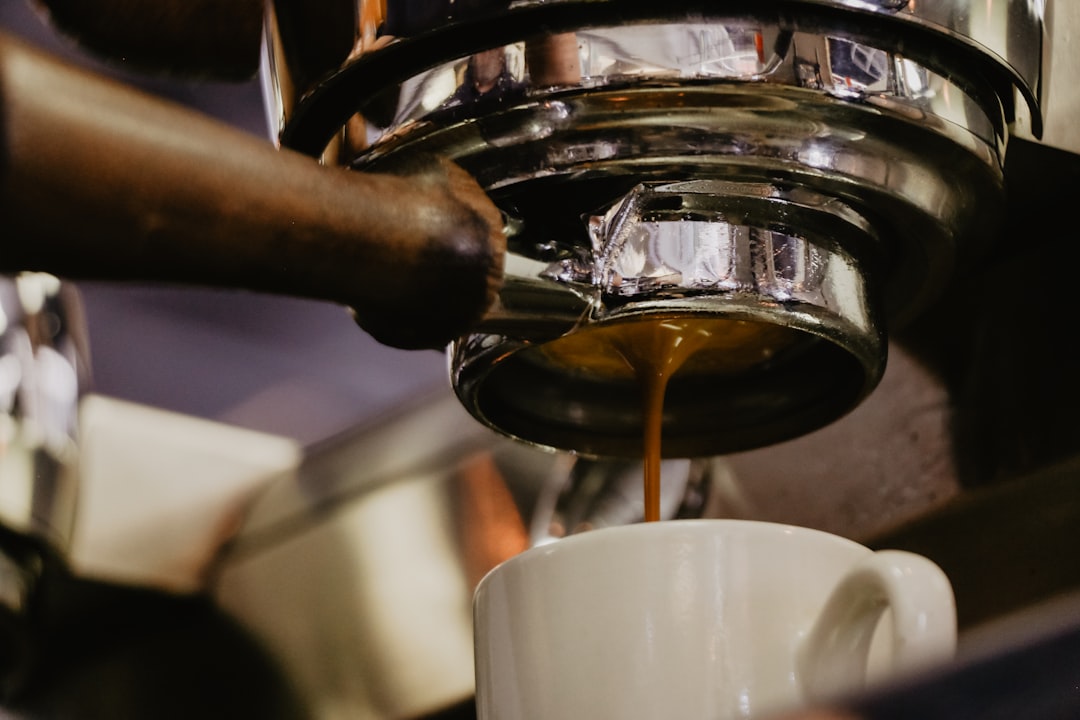
Introduction
Did you know that Italians consume over 14 billion espresso shots per year? That's roughly 230 shots per person annually! As someone who's spent the last decade perfecting my home espresso game, I can tell you that making great espresso isn't just about having expensive equipment.
It's about understanding the fundamentals and avoiding the mistakes I made early on. Like the time I spent $800 on a fancy machine only to serve bitter, over-extracted shots to my dinner guests because I didn't understand grind size. Embarrassing? Absolutely. But it taught me that technique trumps equipment every single time.
In this guide, I'll walk you through everything I've learned about crafting the perfect espresso shot. We'll cover the essential ratios, timing, and techniques that'll have you pulling café-quality espresso from your own kitchen.
Understanding Espresso Fundamentals
The foundation of great espresso lies in understanding what you're actually trying to achieve. I used to think espresso was just "really strong coffee," but that's like saying a Ferrari is just "a fast car."
True espresso is about extracting the perfect balance of flavors from finely ground coffee beans using precise pressure and timing. The magic happens when 9 bars of pressure force hot water through 18-20 grams of coffee in exactly 25-30 seconds. This creates that signature crema on top and the complex flavor profile underneath.
Here's what I wish someone had told me when I started: espresso is incredibly unforgiving. Your grind size, dose, tamp pressure, and extraction time all need to work in harmony. Change one variable, and you'll taste the difference immediately.
The biggest mistake I made early on was trying to rush the process. I'd grind my beans too coarse because fine grinding took longer, and I'd end up with sour, under-extracted shots that tasted more like flavored water than coffee.
Key fundamentals to master:
- Coffee-to-water ratio (typically 1:2)
- Grind consistency and size
- Water temperature (195-205°F)
- Extraction pressure (9 bars)
- Shot timing (25-30 seconds)
Essential Equipment and Setup
You don't need to break the bank to make great espresso, but you do need the right tools. I learned this the hard way after buying a $200 machine that couldn't maintain consistent pressure.
My current setup includes a semi-automatic espresso machine, a quality burr grinder, and a few essential accessories. The grinder is honestly more important than the machine itself – I've made better espresso with a $300 grinder and $400 machine than with a $1000 machine and blade grinder.
Must-have equipment:
- Semi-automatic or manual espresso machine
- Burr grinder (not blade!)
- Digital scale
- Tamper
- Shot glasses or demitasse cups
The scale changed everything for me. Before weighing my doses, I was eyeballing everything and wondering why my shots were inconsistent. Now I weigh both my coffee input and espresso output, and consistency improved dramatically.
Water quality matters more than most people realize. I use filtered water with a TDS (total dissolved solids) between 150-300 ppm. Tap water in my area is too hard and creates mineral buildup, while distilled water doesn't extract flavors properly.
Step-by-Step Espresso Recipe
After years of experimentation, here's my go-to recipe that consistently produces excellent results. I call it my "bulletproof" method because it works even when I'm half-asleep at 6 AM.
The Recipe:
- 18-20g freshly ground coffee (medium-fine grind)
- 36-40g liquid espresso output
- 25-30 second extraction time
- Water temperature: 200°F
Start by grinding your beans just before brewing. I can't stress this enough – pre-ground coffee loses flavor compounds within minutes of grinding. The grind should feel like fine sand, not powder.
Dose your portafilter with 18-20 grams of coffee. I always weigh this because volume measurements are unreliable. Level the grounds with your finger or a distribution tool, then tamp with about 30 pounds of pressure. The tamp should be level and firm.
Lock the portafilter into your machine and start your shot. Watch the extraction carefully – it should start with a few drops, then develop into a smooth, honey-like stream. If it's gushing out quickly, your grind is too coarse. If it's barely dripping, it's too fine.
Timing breakdown:
- 0-5 seconds: Pre-infusion and initial drops
- 5-25 seconds: Steady extraction
- 25-30 seconds: Final drops and stop
The finished shot should have a golden-brown crema that's about 2-3mm thick. Taste it immediately – good espresso has a balance of sweetness, acidity, and bitterness without any single element dominating.
Troubleshooting Common Problems
Even after mastering the basics, you'll encounter shots that don't taste right. I've pulled thousands of shots, and I still get duds occasionally. The key is knowing how to diagnose and fix problems quickly.
Sour shots usually mean under-extraction. This was my biggest struggle for months. The solution is typically grinding finer, using more coffee, or extracting for longer. I also learned that water temperature plays a role – too cool and you won't extract enough flavor compounds.
Bitter shots indicate over-extraction. I used to think bitter meant "strong," but they're completely different. Bitter shots come from grinding too fine, using too much coffee, or extracting too long. Sometimes it's also from using water that's too hot.
Weak or watery shots frustrated me more than anything else. This usually happens when your grind is too coarse or you're not using enough coffee. I also discovered that inconsistent tamping can create channels where water flows through too quickly.
The crema tells you a lot about your shot quality. No crema usually means stale beans or improper extraction. Dark, thick crema that dissipates quickly often indicates over-roasted beans. Light, thin crema might mean your beans are too fresh (yes, that's a thing) or under-extracted.
Quick fixes I use:
- Adjust grind size first, dose second
- Check your tamp technique
- Verify water temperature
- Ensure beans are 4-14 days post-roast
Advanced Techniques and Tips
Once you've mastered the basics, there are several advanced techniques that can elevate your espresso game. These took me years to discover and implement consistently.
Pre-infusion makes a huge difference in shot quality. If your machine has this feature, use it. If not, you can manually pre-infuse by starting and stopping the pump to wet the coffee bed before full extraction. This helps prevent channeling and promotes even extraction.
Distribution techniques matter more than I initially thought. I now use the "Stockfleth move" – stirring the grounds in the portafilter with a thin tool to break up clumps before tamping. It sounds obsessive, but it eliminates those frustrating channeling issues.
Temperature surfing is crucial if you have a single-boiler machine. I learned to time my shots with the heating element cycles to maintain consistent brew temperature. Multi-boiler machines eliminate this need, but most home setups require some temperature management.
Pro tips that changed my game:
- Purge your group head before each shot
- Use a naked portafilter to diagnose extraction issues
- Keep a shot journal to track what works
- Clean your machine regularly (weekly descaling minimum)
The type of coffee beans you choose dramatically affects your results. I prefer medium roasts from reputable roasters, ideally 7-10 days post-roast. Single-origin beans can be tricky for espresso – blends often provide more forgiving extraction and consistent flavor.
Conclusion
Mastering espresso at home is a journey, not a destination. I'm still learning new techniques and refining my approach after a decade of daily practice. The beauty of espresso lies in its complexity – there's always another variable to explore or a technique to perfect.
Remember that consistency beats perfection every time. It's better to nail a simple recipe repeatedly than to chase the perfect shot with constantly changing variables. Start with the fundamentals I've outlined here, then gradually experiment with advanced techniques as your palate develops.
The most important advice I can give? Don't get discouraged by bad shots. Every barista has pulled thousands of terrible espressos on their way to mastery. Keep a sense of humor about it, take notes on what works, and enjoy the process of learning.
Related Articles
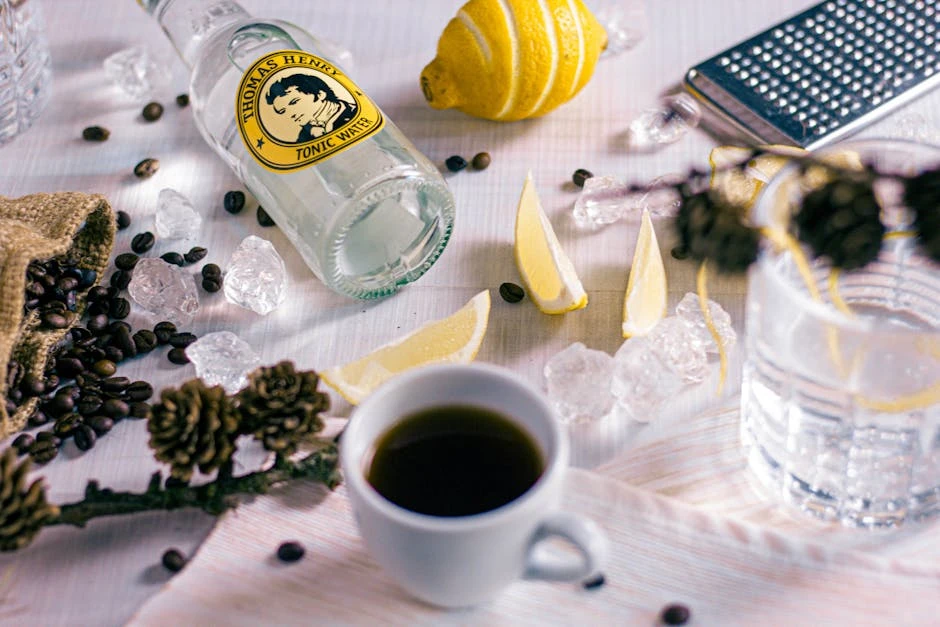
Easy Espresso Tonic Recipe: Make This Trendy Iced Coffee Drink in 5 Minutes
Read More →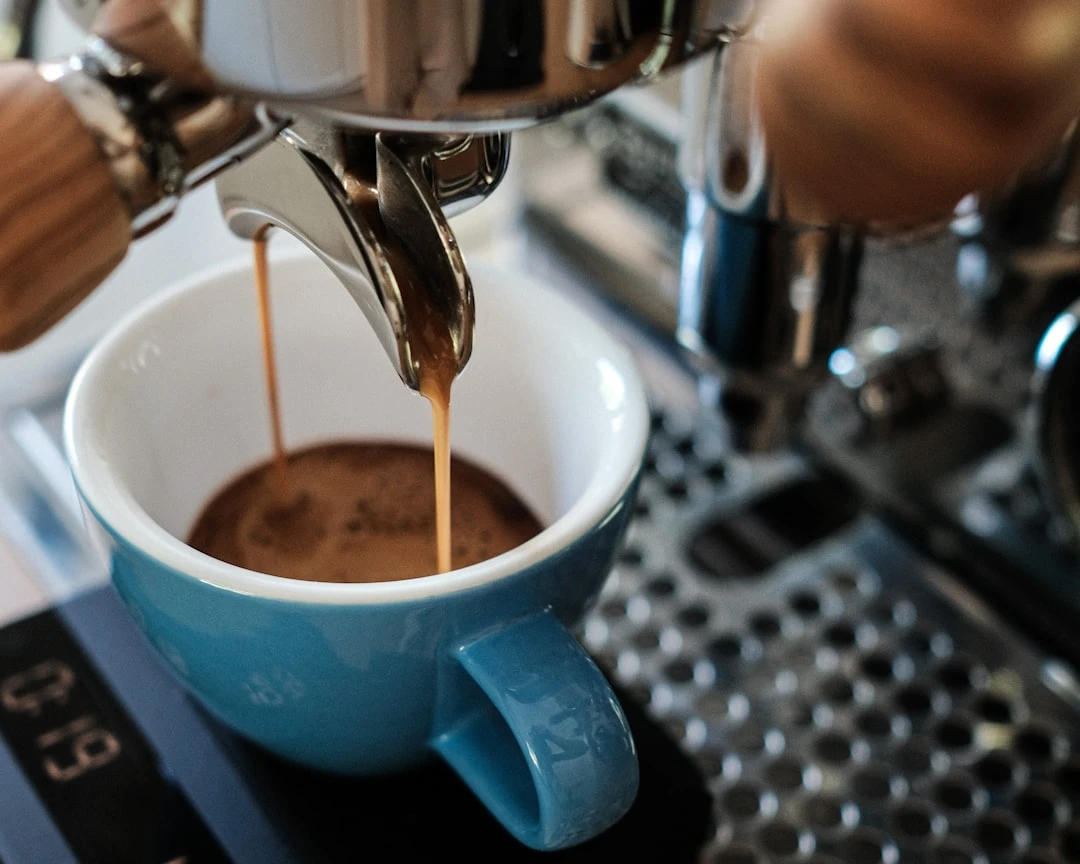
Espresso Doppio: The Double Shot Guide That'll Change Your Coffee Game Forever
Read More →
